Dapdap Tree
- October 2, 2024
- 0 comment
The Dapdap tree (Erythrina variegata), commonly found in tropical and coastal regions, is a species of immense ecological and cultural significance. Known for its vibrant red flowers and distinctively shaped leaves, the Dapdap tree plays a crucial role in stabilizing coastal ecosystems, preventing soil erosion, and providing a habitat for a variety of wildlife. This fast-growing tree thrives in nutrient-poor soils, making it valuable for land restoration and agroforestry practices. Traditionally, the Dapdap tree has been used in many cultures for its medicinal properties, with various parts of the tree being utilized to treat ailments. Its wood is also highly prized for carpentry and local crafts.
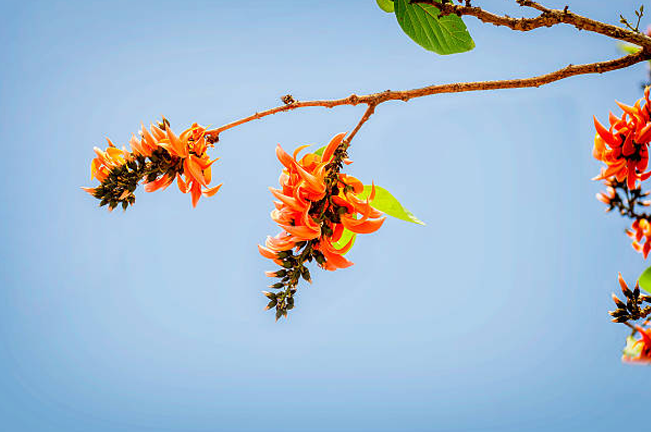
Despite its ecological importance and practical uses, the Dapdap tree faces threats from deforestation and habitat loss, highlighting the need for conservation efforts to protect and restore its populations. As research continues to uncover its benefits, the Dapdap tree holds great potential in contributing to sustainable forestry and reforestation projects.
| Specification | Details |
| Scientific Name | Erythrina variegata |
| Common Name | Dapdap, Coral Tree, Indian Coral Tree |
| Family | Fabaceae (Legume family) |
| Native Range | Tropical and coastal regions of Asia and the Pacific Islands |
| Tree Type | Deciduous tree |
| Height | Typically 10-20 meters (33-66 feet) |
| Trunk Diameter | 30-60 cm |
| Bark | Grayish to brown, deeply fissured |
| Leaves | Trifoliate (three leaflets), ovate or heart-shaped, bright green |
| Flowers | Bright red or orange, tubular, clustered at the tips of branches |
| Fruiting Season | Late spring to early summer |
| Seeds | Dark brown to black pods, each containing 4-6 seeds |
| Soil Type | Prefers well-drained, sandy soils, but adaptable to poor soils |
| Sunlight Requirements | Full sunlight to partial shade |
| Growth Rate | Fast-growing |
| Lifespan | Can live up to 50 years or more |
| Uses | Agroforestry, ornamental, traditional medicine, soil erosion control, wood for crafts |
| Conservation Status | Not currently endangered, but populations are declining in some areas due to deforestation |
| Threats | Habitat loss, deforestation, and overharvesting |
| Ecological Importance | Soil stabilization, habitat for birds and insects, nitrogen fixation |
Botanical Characteristics of the Dapdap Tree
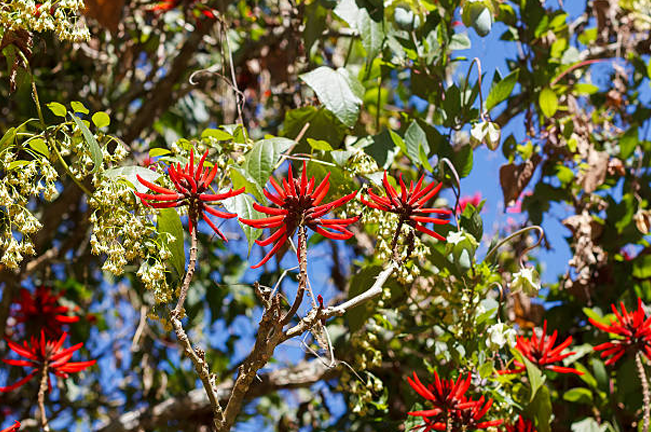
The Dapdap tree (Erythrina variegata), also known as the Coral Tree, is a strikingly beautiful species with notable botanical features. It typically grows to a height of 10-20 meters, with a trunk diameter of about 30-60 cm. The bark is rough and fissured, appearing gray to brown in color. Its leaves are trifoliate, meaning each leaf is divided into three ovate or heart-shaped leaflets, which are bright green. The tree produces brilliant red or orange tubular flowers, which grow in clusters at the tips of the branches, making it a standout in tropical landscapes. The fruit of the Dapdap tree is a dark brown to black pod, containing several hard, brownish seeds.
Adapted to tropical and coastal environments, the Dapdap tree is remarkably resilient. It thrives in poor, sandy soils, making it ideal for coastal areas prone to saltwater exposure. The tree’s ability to fix nitrogen in the soil allows it to improve soil fertility, particularly in nutrient-deficient environments. In terms of growth, the Dapdap tree exhibits a fast-growing nature, often reaching maturity within a few years. Its lifecycle includes a deciduous phase, where it sheds its leaves in response to dry conditions, before blooming again during the rainy season.
Ecological Role and Benefits
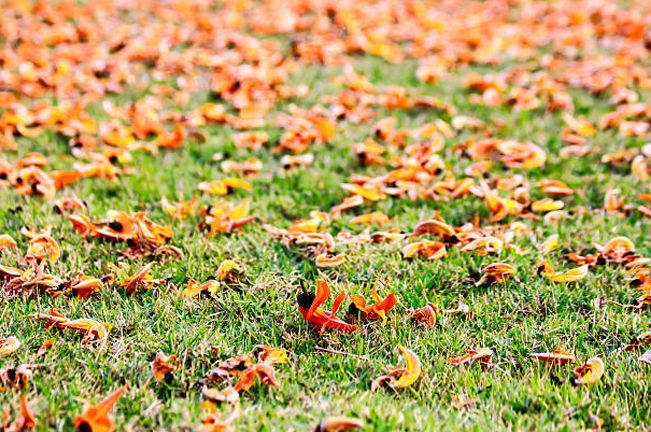
The Dapdap tree plays a vital ecological role, particularly in coastal and riverbank ecosystems. Its deep root system helps stabilize soils, preventing erosion in vulnerable areas. This is especially important in regions where tidal movements and strong winds can cause significant soil displacement. As a pioneer species, the Dapdap tree is often one of the first to colonize degraded lands, helping to restore ecosystems and provide a foundation for other plant species.
In addition to its soil-stabilizing properties, the Dapdap tree provides an essential habitat for wildlife. Its flowers attract various bird species, particularly nectar-feeding birds, and its dense foliage offers shelter for insects and small animals. The tree also supports biodiversity by improving soil fertility, thanks to its nitrogen-fixing ability, which benefits surrounding plants and contributes to the overall health of the ecosystem.
Cultural and Traditional Uses
For centuries, the Dapdap tree has held cultural and medicinal significance in various regions. In traditional medicine, the bark, leaves, and flowers are used to treat a range of ailments, including infections, inflammation, and digestive disorders. Some communities use the leaves as a poultice to relieve pain and swelling, while the flowers are believed to have anti-inflammatory properties.
Dapdap wood is highly valued in local carpentry and crafting. Although not as durable as hardwoods, it is lightweight and easy to work with, making it ideal for carving, tool handles, and light construction. Additionally, in certain cultural practices, the leaves and bark are used in rituals and ceremonies, symbolizing protection and growth. The tree is often planted near homes and temples as a protective charm.
Economic and Practical Applications
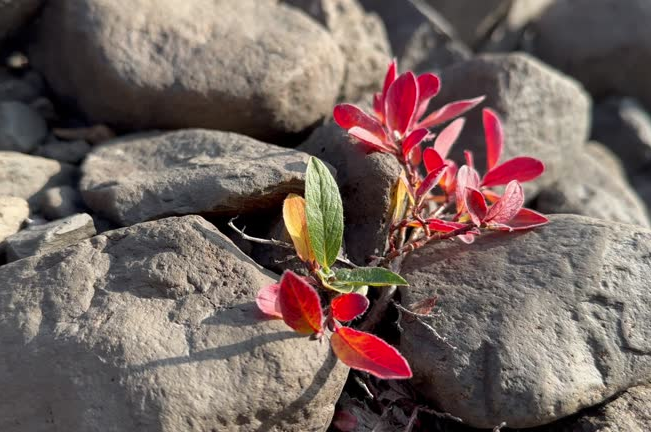
Beyond its cultural uses, the Dapdap tree has practical and economic significance. Its fast growth and resilience make it a potential source of biomass for energy production, as well as wood for construction. In agroforestry, the Dapdap tree is often used as a shade tree for plantations, particularly in the cultivation of crops like coffee, cacao, and tea, where its broad canopy provides shelter from the sun.
Furthermore, the tree contributes to local economies through the production of non-timber forest products. The flowers and leaves can be harvested for medicinal use or sold in local markets, while the wood supports small-scale carpentry businesses. As awareness of sustainable forestry practices grows, the Dapdap tree’s role in agroforestry systems continues to gain recognition, providing a renewable resource that benefits both people and the environment.
Conservation Status and Challenges
Despite its ecological and economic benefits, the Dapdap tree faces several conservation challenges. Habitat loss due to deforestation and land conversion is a major threat, as coastal and riverbank areas are increasingly developed for agriculture and infrastructure projects. Overharvesting of the tree for wood and medicinal products also puts pressure on its populations, particularly in regions where regulations are weak or non-existent.
Conservation programs have been initiated in some areas to protect the Dapdap tree and promote its sustainable use. These efforts include reforestation projects, where the tree is planted to restore degraded lands, and community-based initiatives that educate local populations on the importance of preserving native species. By encouraging sustainable harvesting practices and implementing protective regulations, these programs aim to safeguard the Dapdap tree for future generations.
The Future of the Dapdap Tree
Looking forward, emerging research continues to highlight the ecological and medicinal benefits of the Dapdap tree. Studies are exploring its potential in combating climate change through reforestation projects, particularly in coastal areas where its soil-stabilizing abilities can help mitigate the effects of rising sea levels. Additionally, the tree’s fast growth and ability to improve soil fertility make it a promising candidate for large-scale reforestation efforts aimed at carbon sequestration.
To ensure the future of the Dapdap tree, sustainable management strategies are essential. This includes promoting its use in agroforestry systems, where it can provide shade and improve soil health without being overexploited. Reforestation efforts, coupled with conservation education, can help preserve this important species. By prioritizing both ecological balance and practical uses, the Dapdap tree can continue to benefit ecosystems and communities alike for generations to come.
Different Species
Erythrina crista-galli
Common Name: Cockspur Coral Tree
Description: Native to South America, this species is known for its scarlet or red flowers. It is used ornamentally and for medicinal purposes in many regions.
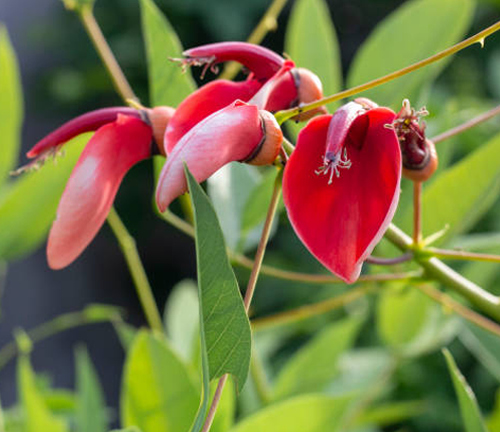
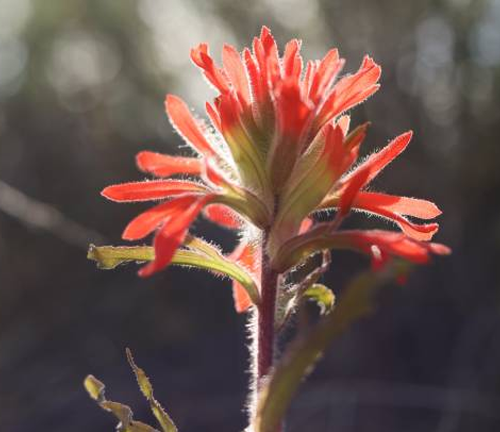
Erythrina fusc
Common Name: Swamp Coral Tree
Description: This species is adapted to marshy or wet environments. It has less vibrant flowers compared to other species but plays an important role in flood-prone ecosystems.
Erythrina abyssinica
Common Name: Red-hot Poker Tree
Description: Native to East Africa, this species produces striking orange-red flowers and is often used in traditional medicine and as a shade tree in agroforestry systems.
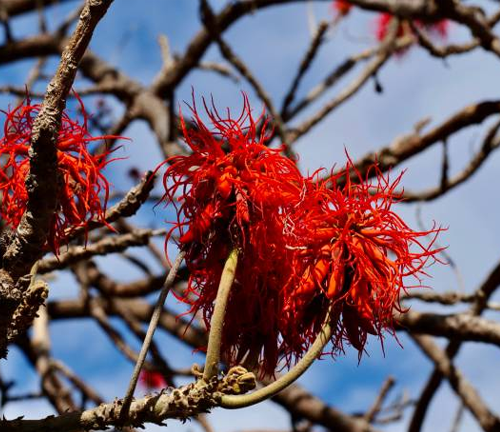
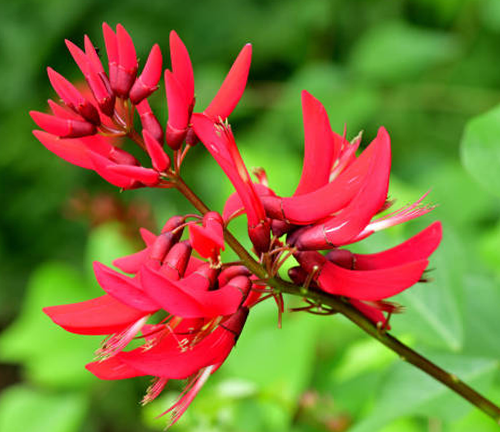
Erythrina lysistemon
Common Name: Coral Tree
Description: Found in Southern Africa, this tree has thorny bark and red or orange flowers. It is often planted as an ornamental tree and plays an important role in local traditions.
Erythrina poeppigiana
Common Name: Mountain Immortelle
Description: Native to Central and South America, this species is widely used in agroforestry, particularly as a shade tree for coffee plantations. Its bright orange flowers are a major attraction for pollinators.
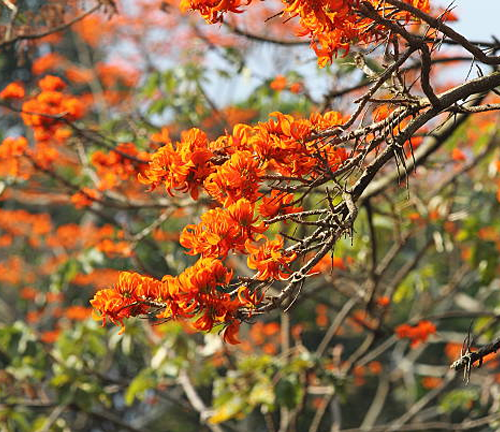
Frequently Asked Questions (FAQs)
- What is the Dapdap Tree?
The Dapdap tree, scientifically known as Erythrina variegata, is a deciduous tropical tree known for its vibrant red or orange flowers and its role in stabilizing coastal ecosystems. It is commonly found in tropical and coastal areas of Asia and the Pacific Islands. - Where is the Dapdap Tree commonly found?
The Dapdap tree is native to tropical and coastal regions, particularly in Asia, the Pacific Islands, and parts of Africa and Australia. It is often found in areas with poor, sandy soils and is adapted to coastal environments. - What are the physical characteristics of the Dapdap Tree?
The Dapdap tree typically grows to a height of 10-20 meters, with a trunk diameter of 30-60 cm. It has trifoliate leaves, bright red or orange tubular flowers, and dark brown to black seed pods. - What is the ecological role of the Dapdap Tree?
The Dapdap tree plays a vital ecological role in coastal and riverbank ecosystems. Its deep root system helps stabilize soils, preventing erosion, while its nitrogen-fixing ability enhances soil fertility. It also provides food and shelter for birds, insects, and small animals. - What are the traditional and cultural uses of the Dapdap Tree?
The Dapdap tree has been used for centuries in traditional medicine to treat various ailments, including inflammation and infections. Its wood is also used in local crafts and carpentry, and its leaves and bark are often used in cultural ceremonies and rituals. - Is the Dapdap Tree important for agroforestry?
Yes, the Dapdap tree is commonly used in agroforestry as a shade tree for plantations, especially for crops like coffee and cacao. It provides shade, helps improve soil fertility, and acts as a natural windbreak in agricultural systems. - What are the economic uses of the Dapdap Tree?
Economically, the Dapdap tree provides biomass for energy production, wood for local crafts, and non-timber forest products such as medicinal leaves and flowers. It contributes to local economies, particularly in rural communities. - Is the Dapdap Tree endangered?
The Dapdap tree is not currently endangered, but it faces threats from deforestation, habitat loss, and overharvesting in certain regions. Conservation efforts are underway to protect its populations and promote sustainable use. - How does the Dapdap Tree contribute to climate change mitigation?
The Dapdap tree plays a role in combating climate change through its ability to fix nitrogen in the soil, improve soil health, and prevent erosion. Its potential in reforestation projects also supports efforts to sequester carbon and restore ecosystems. - What conservation efforts are in place for the Dapdap Tree?
Conservation efforts for the Dapdap tree include reforestation projects, sustainable harvesting programs, and community-based initiatives aimed at protecting its habitat and promoting its ecological benefits.


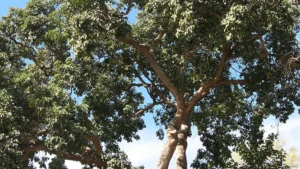


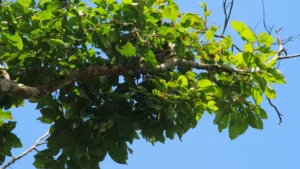
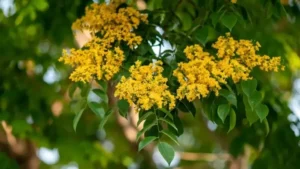

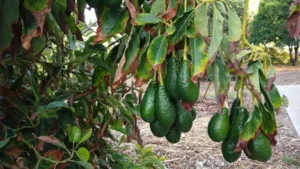
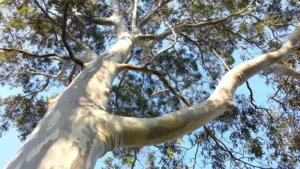

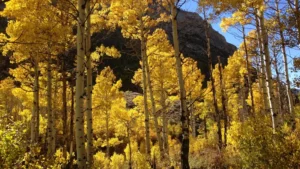
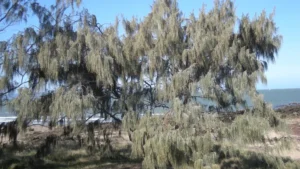
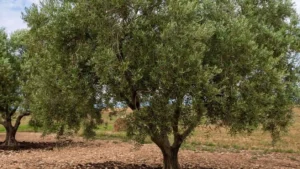
Leave your comment